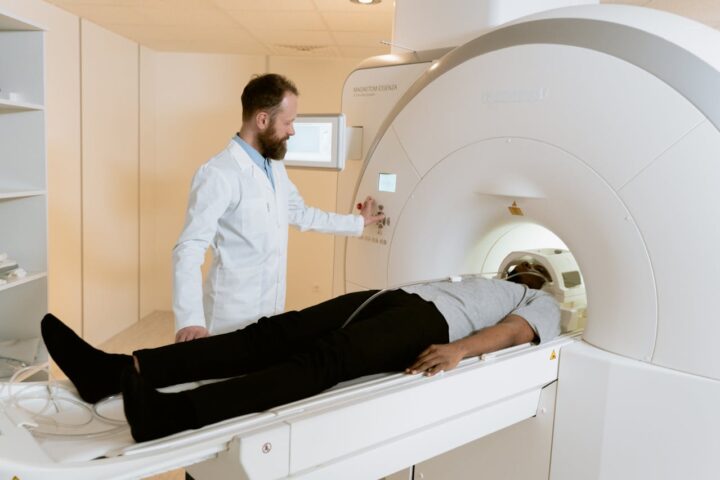John Carmack, the former executive at Meta and renowned computer programmer, has predicted that artificial general intelligence (AGI) will soon simulate the human brain. In an interview with Dallas Innovates, he stated that AGI will become a trillion-dollar industry by the 2030s and will have the potential to perform complex intellectual tasks that only humans are currently capable of. Carmack’s predictions come as AI technologies such as OpenAI’s ChatGPT and DALL-E image generators are gaining popularity and the world is starting to grapple with the impact these tools will have on society.
Carmack’s predictions follow the recent emergence of AI chatbots like ChatGPT, which has already been banned by schools globally due to concerns over cheating, and is now being used by companies like Amazon to boost productivity. The use of AI chatbots by media companies like CNET and BuzzFeed highlights just how much these tools have advanced in emulating human behavior. Conversations are now emerging around the potential of AI to replace jobs in white-collar industries such as tech and media.
However, Carmack believes that this is just the beginning of the AI revolution. He stated that AI is not yet capable of replicating human brain functions like consciousness and the associative memory, but given the rapid advancements in AI technology, AGI is likely to become a reality in the near future. He also mentioned that tools like deep fakes, chatbots, and voice synthesis provide a glimpse into what AGI could achieve.
Carmack is now focusing his efforts on his AGI startup, Keen Technologies, which received $20 million in funding last year. He believes that AGI will not only be a lucrative industry but will also bring positive change to the world by accelerating the sum total of value and progress in humanity.
In comparison, Meta, the owner of Facebook, WhatsApp, and Instagram, recently launched a chatbot of its own called Galactica, designed for scientific research. However, Galactica faced widespread criticism for spreading misinformation and hate speech, leading to its removal from the internet after just three days. The situation highlights the challenges posed by AI technology and the need for responsible development and use of AGI.
In conclusion, John Carmack’s predictions about AGI offer a glimpse into a future where artificial intelligence will have the potential to transform our lives and bring positive change to the world. The rapid advancements in AI technology and the popularity of AI chatbots highlight the need for responsible development and use of AGI to ensure that it benefits society in a positive manner.


















